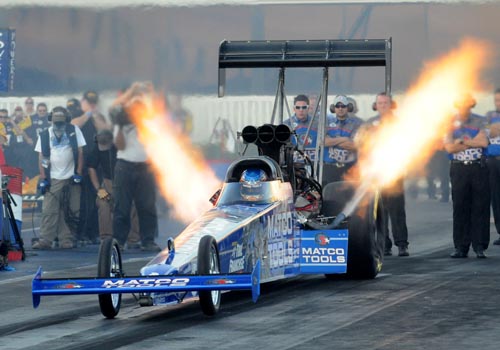California Couple Gets $3.4M Judgement for Fire Caused by Corvette.
 For many automotive enthusiasts, our cars mean the world to us. While
they may not be living, breathing things, they make a difference in our
lives and bring us a lot of joy. So when something goes terribly wrong
and a beloved car is the cause of serious damage to property or life,
it’s that much harder to swallow.
For many automotive enthusiasts, our cars mean the world to us. While
they may not be living, breathing things, they make a difference in our
lives and bring us a lot of joy. So when something goes terribly wrong
and a beloved car is the cause of serious damage to property or life,
it’s that much harder to swallow.According to the Boekamp family of southern California, that’s exactly what happened with their Corvette back in January of 2010, allegedly causing a fire that burned the couple’s home to the ground. This was a definite tragedy, but as we found out, some justice may be heading the couple’s way after a jury found General Motors liable for the damages and awarded the family $3.4 million. Unfortunately for the Boekamps, GM has already stated that they will be appealing the judgment against them.
A California jury found that a 2005 Corvette like this one was the cause of a fire that burned a family's house down back in 2010.
The Boekamp family lived in the same 5,300 square-foot home in San Diego’s east county for 29 years before a fire erupted in the structure on January 16th, 2010. Although hardwired fire alarms didn’t wake the couple the night of the fire, the smell of smoke did and they were able to escape unharmed. Unfortunately the house and the couple’s two Corvettes, a 2005 and a 1962 model, weren’t as lucky.
But as it turns out the ‘05 Corvette owned by Pattie Boekamp may not have been a victim in the fire, but actually the culprit. The fire ignited just a couple hours after the Corvette was parked back in the garage on the evening of January 16th, and upon exiting the house with the fire raging, Herbert Boekamp noticed a trail of gasoline leading from the car to the outside of the garage. That was enough to make him think that the Corvette may have actually caused the fire.
Upon investigation by someone appointed by GM to look at the burnt car, it was determined that the fire did in fact start in the car and that the mechanism inside the telescoping steering column was to blame. Although the case seemed cut and dry, GM apparently told the Boekamps that they had no case against the automotive manufacturer, to which the Boekamps responded with a lawsuit.
Just recently, a jury found GM to be liable for the fire and the home’s destruction, awarding the family $3.4 million. The judgment against GM was entered as of Monday April 2nd. While the money won’t bring back the family’s home or personal processions, it is a start for rebuilding. Unfortunately, the family can’t rebuild on the property until all the legal issues surrounding the case are resolved.
But the Boekamp family may not even get that far. GM has 60 days to appeal the judgment against them and stated that they planned on doing so after the court’s recent ruling. We just hope that if the Corvette was the cause of the fire that justice is served for the Boekamp family. ##

